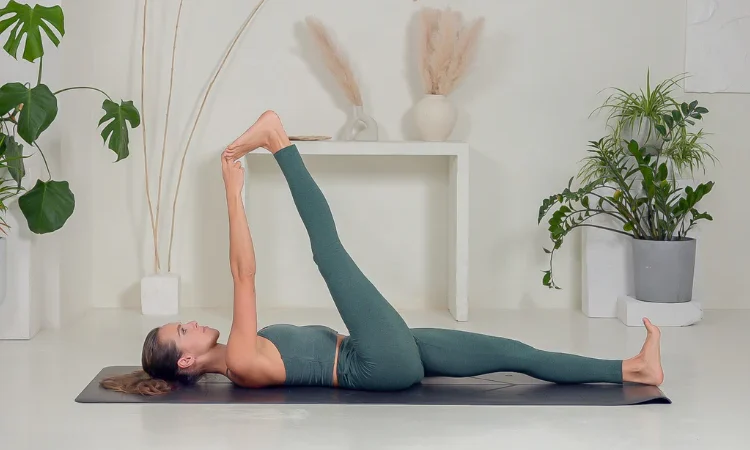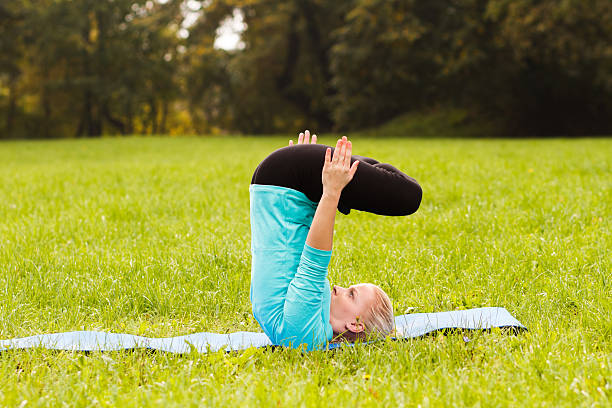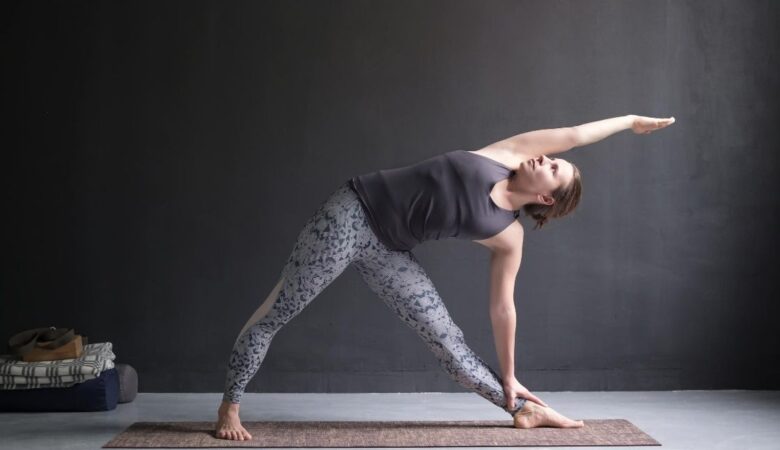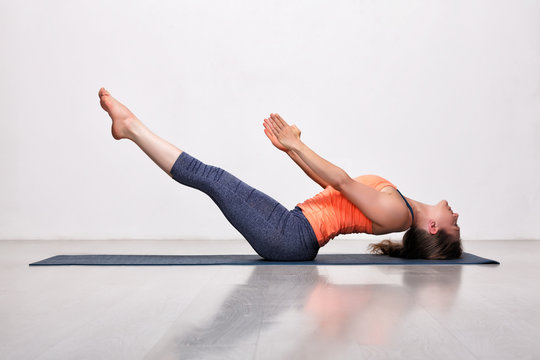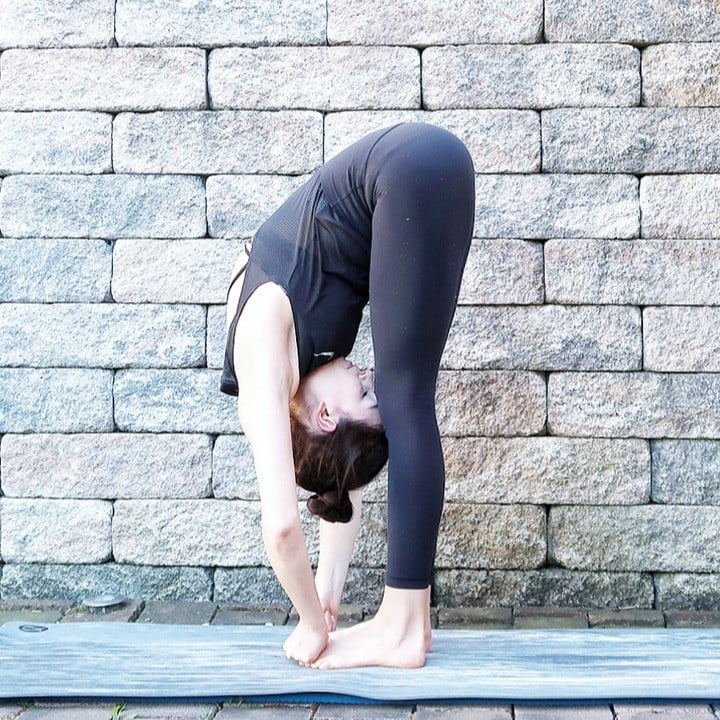
Sanskrit Name: Padangusthasana (पादंगुष्ठासन)
English Name: Supine Hand to Toe Pose or Reclining Hand to Big Toe Pose
Type of Yoga: Hatha Yoga
Level of Yoga: Basic
Duration: As per your capability or 30 to 60 seconds
Target Area: Calves, Hamstrings
Strengthens: Thighs
Padangusthasana yoga is a major asana. This yoga asana is yoga done by bending forward. It is also called Supine Hand to Toe Pose or Reclining Hand to Big Toe Pose. Padangusthasana improves concentration, memory, and focus. It also can greatly help prevent osteoporosis. This asana increases muscle density. Burns the fat stored in them. Learn in details about the Padangusthasana in this article below:
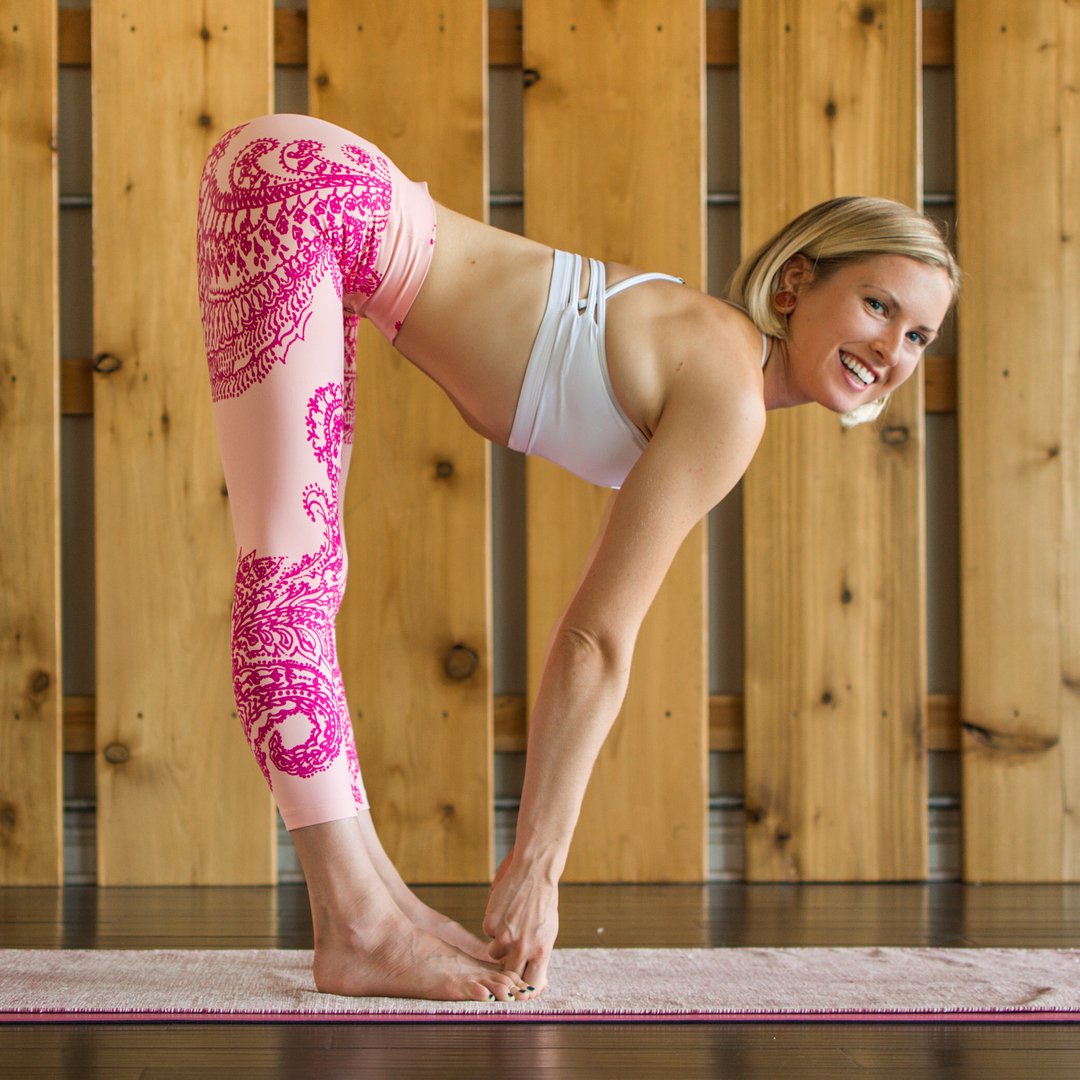
Table of Contents
What Does It Mean By Padangusthasana?
Padangusthasana is the Sanskrit language which is made up of three words,
In which the first word is “Pada (पादं)”, which means “foot”
The second word is “Angustha (अँगूठा)”, which means “Thumb”
And the third word is “Asana (आसन)”, which means “Yoga Pose”
Padangusthasana is a forward bend yoga pose. If you are starting yoga then this will be one of the best yoga Asanas for you. This pose is one of those yoga postures that increase muscle density and burns the fat stored in them.
In this article, we have discussed the methods of performing Padangusthasana and the benefits of it. Along with this, we have also stated what precautions to take while doing the posture.
Preparatory Poses of Padangusthasana:
- Surya Namaskar (सूर्य नमस्कार) or Sun Salutation
- Adho Mukha Svanasana (अधो मुख श्वानासन) or Downward Facing Dog
- Trikonasana (त्रिकोणासन) or Triangle Pose
- Paschimottanasana (पश्चिमोत्तानासन) or Seated Forward Bend
- Uttanasana/ Padahastasana (उत्तानासन/ पादहस्तासन) or Standing Forward Bend
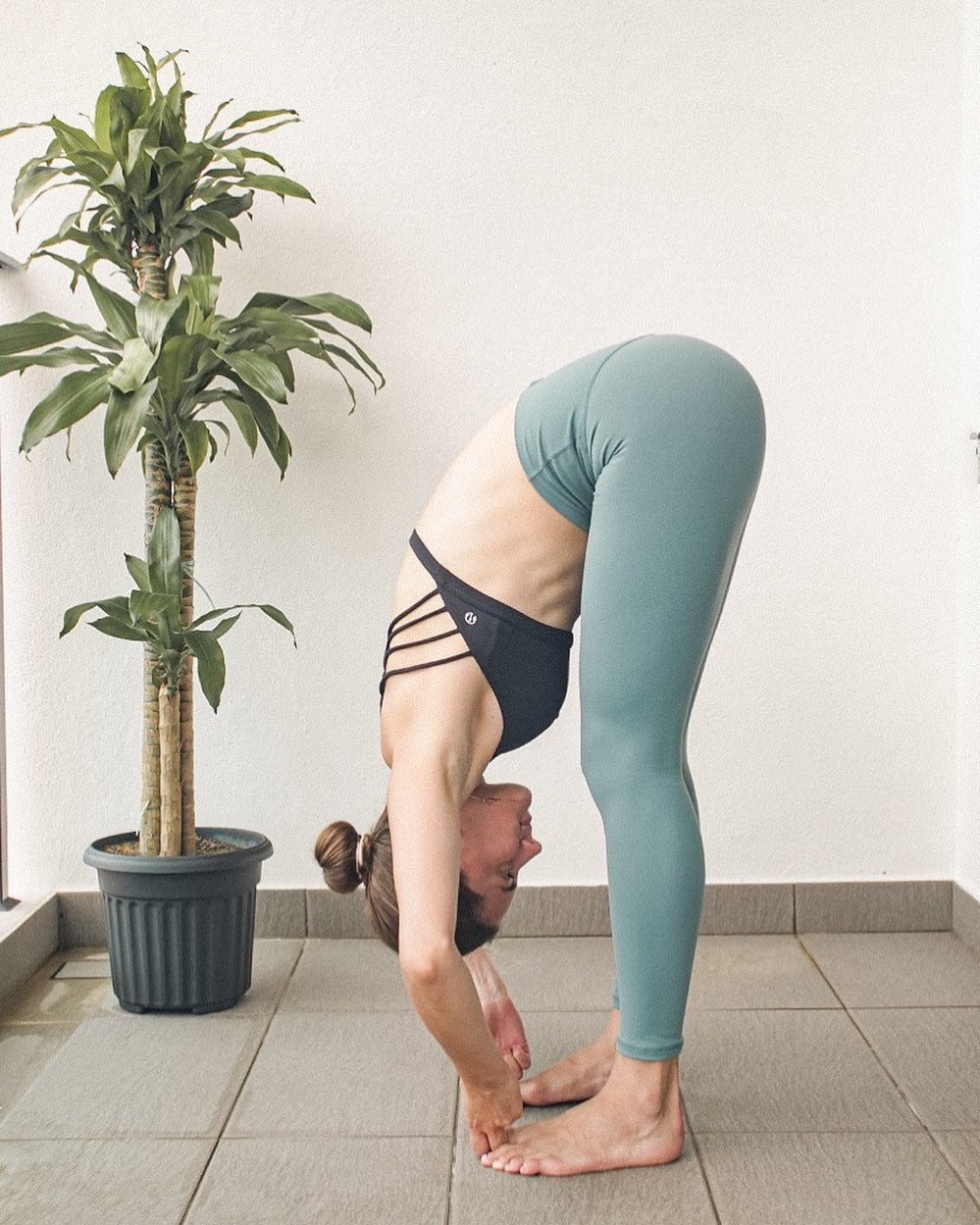
How to Do Padangusthasana?
- At first, standing upright, place the hands on a side of the body
- Breathing, try to bend from your hip joints
- Be very careful not to bend from your waist joints
- Now exhaling bend down slowly
- Remember that, as in all forward-leaning Asanas, the aim is to lengthen the torso
- Bend down and thus grab the thumbs of both feet with the first two fingers of your hands
- Then breathe in, while moving the head and torso up
- After inhaling completely, tilt the head and torso down while exhaling
- As much as possible, and then move the torso closer to your legs
- Don’t stop your breathing at all when you are trying to be comfortable in this asana
- When you breathe in, then raise the torso slightly and try to lengthen
- And while exhaling, then try to lean forward and deeply
- In total, breathe in 5 times and exhale so that you can remain in the posture for about 30 – 60 seconds
- With time as the body starts gaining flexibility and strength, you can then increase the time
- But do not exceed 90 seconds
- Try to keep the back straight forward
- Also, try to keep your legs straight
- Allow your head to hang comfortably
- You can breathe in at the time of bringing the torso up
- Keep in mind that have to keep the back straight and thus come back up from your hip joints
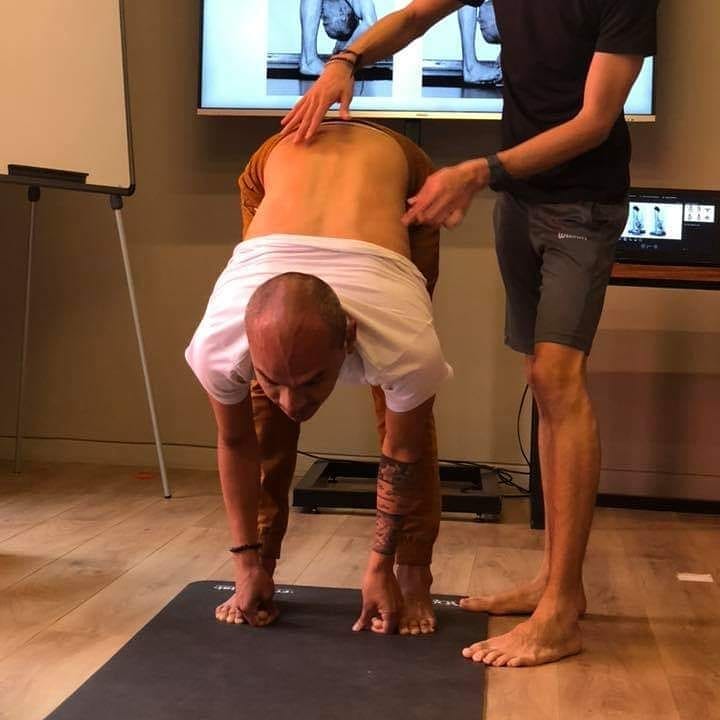
Beginner’s Tips:
To practice the Padangusthasana pose, you can also do a little mode on your knees
Do only those whose hamstring is very small
Follow-Up Poses of Padangusthasana:
- Padahastasana (पादहस्तासन) or Hand to Foot Pose
- Parivrtta Trikonasana (परिवृत्त त्रिकोणासन) or Revolved Triangle Pose
- Utthita Parsvakonasana (उत्थित पार्श्वकोणासन) or Extended Triangle Pose
- Utkatasana (उत्कटासन) or Chair Pose
- Utthita Trikonasana (उत्थित त्रिकोणासन) or Extended Triangle Pose
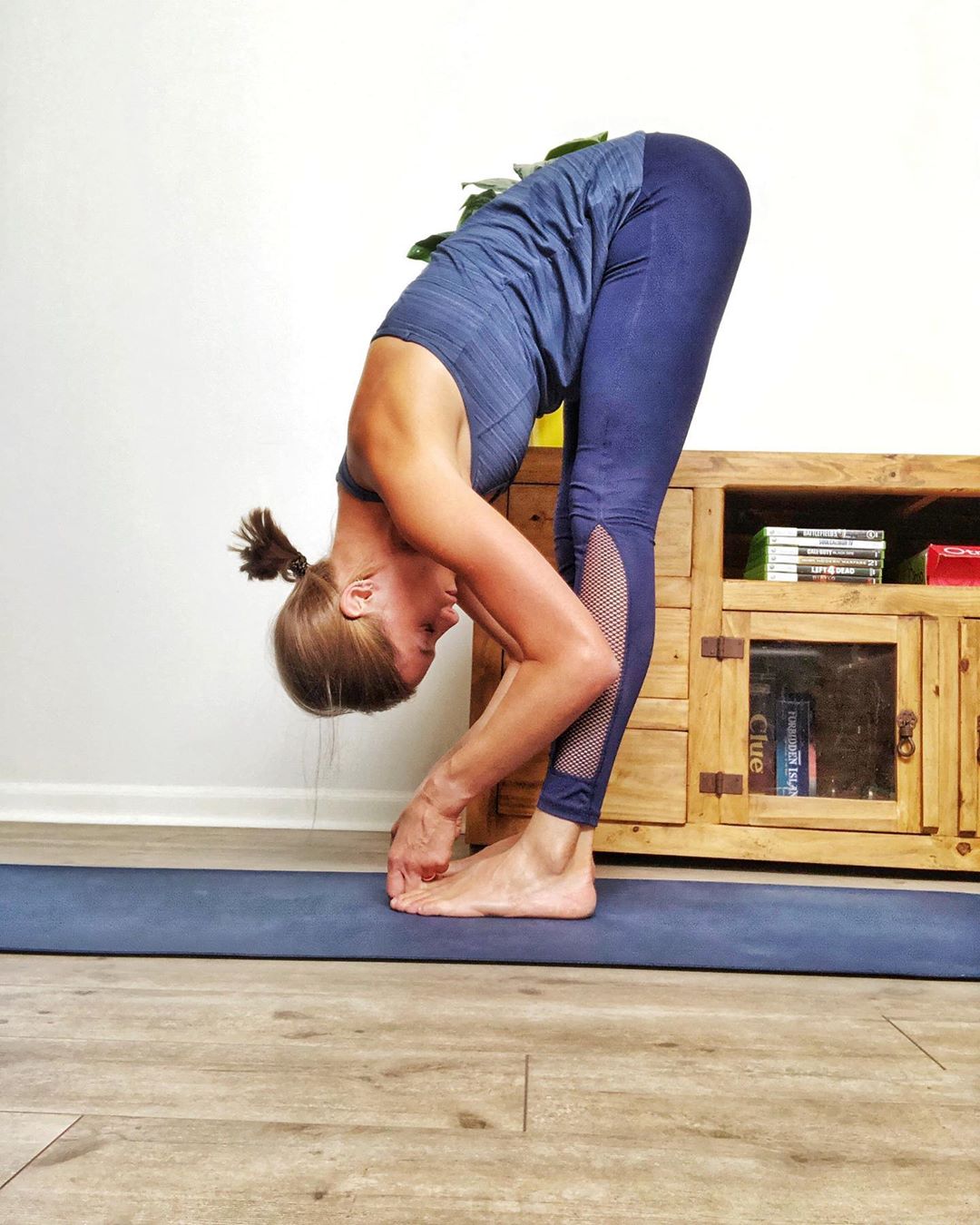
Precautions to Padangusthasana:
If you have neck pain, do not do this Reclining Hand to Big Toe Pose.
Those people who have lower back pain should avoid doing this Supine Hand to Toe Pose.
In case you have pain in your feet and knees, do not do this asana.
If you have balance problems or dizziness during this asana, do not do this asana.
Although it is a simple yoga asana, one should practice it under the guidance of a certified yoga instructor if the person is a beginner to yoga practice
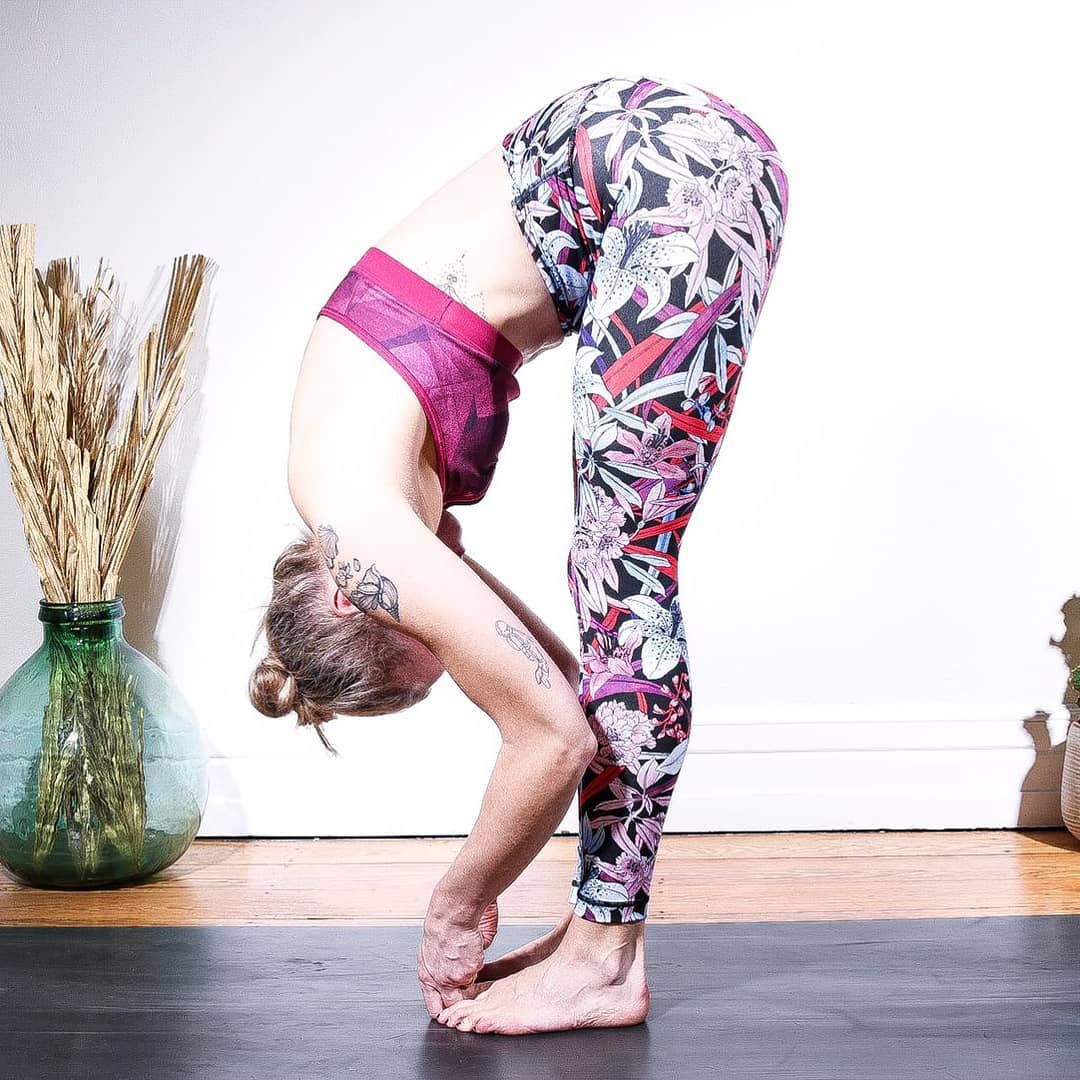
Benefits of Padangusthasana:
When you practice Padangusthasana, your head is tilted downwards. This causes blood to circulate in your head. It calms the brain. And thus it relieves anxiety, stress, and mild depression. Let’s check other benefits of Padangusthasana:

Reduces Stress
To perform Padangusthasana, you have to tilt your head downwards, which infuses fresh blood into your head; it calms the brain and relieves anxiety, tension, and mild depression.

Increases Digestion Power:
By doing this asana, you will feel a stretch on your abdominal muscles, which gives a comfortable massage to the stomach. Padangusthasana stimulates the digestive system and reproductive system thereby improving digestion. Performing this asana activates the liver and kidneys.

Reduces Menstrual Problem
This yoga asana is a very beneficial asana for women. Performing Padangusthasana reduces all menopausal and menstrual disorders.

Cure Hamstring Problem
By doing this asana, your leaning forward puts a good stretch on the foot calf and hamstrings. By performing Padangusthasana, the thighs of your feet are also strengthened. So, performing this asana relieves headache and insomnia.

